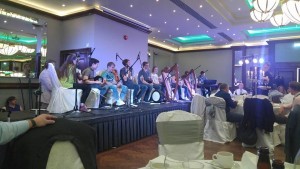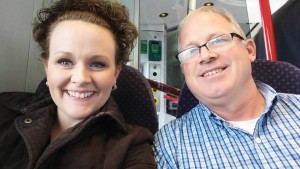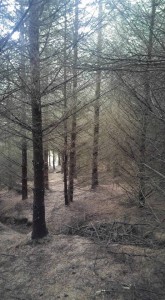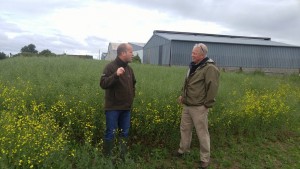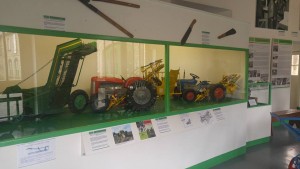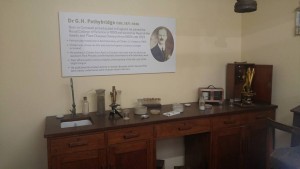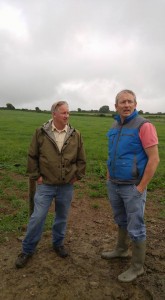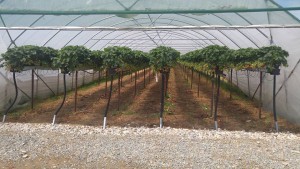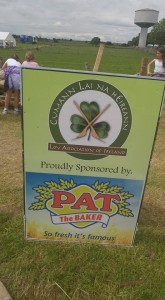We started our morning visiting a ring fort that was built by the Celtics. The fort was used as an outlook post. Donegal is beautiful from this view!!


We then met with Gary Fisher, TEAGASC Advisor who focuses on Beef Production. We went onto the farm of Johnny Weir who is considered a drystock operator (stocker operator). He buys Fresian steers at one year old and grazes them for another year with around 130 calves on 50 acres. They spend their last 100 day finishing with concentrate feed of barley, soybean meal, and maize (corn). Johnny also had several acres of grass sillage down. In Ireland, dry hay is rare due to the weather.



The next farm is entrolled in a TEAGASC Program called BETTER Farm. BETTER stands for Business, Environment Technology through Training Extension Research. Charles Crawford has 45.8 ha (113.17 acres) and raises suckler cows (cow-calf operation) and sheep. Being enrolled in the Better Farm program, Charles’ farm was analyzed for a baseline in 2012. Goals where set for the farm with the overall goal to increase the income of the farm at certain levels. In 2012, the farm had gross margin of 503 euro per ha. With changes made in 2015, the gross margin had changed to 750 euro per ha. Changes included using the EURO Star and AI programs. Euro Star uses genomics to assess his cow herd and profitability of each cow. As a result, cow type has been slowly changing on his farm from less meaty traits to more maternal traits. In Ireland, calf birth weight is higher causing lot calving problems. They are now trying to breed more maternal traits into their herd for milk production and calving ease. However for their market, they need a heavy muscled calf and receive a premium for this type of calf. Therefore, mature cows are kept and then crossed again with a charolais.



Lastly, we visited the farm of Raymond Palmer who has been in discussion groups for almost 20 years and he allows TEAGASC to bring out young agriculture students to his farm to do a mock discussion group. Raymond has worked hard on his herd and exceeds targets for farms in Ireland. Raymond has 42 ha (103 acres) with 52 cows. He finishes all heifers born on the farm till slaughter, but sells all males as bull at 10 months old. His number of calves per cow is .95 compare to the national average of .82 and had no mortality this year. He actually had two sets of twins this year. Each calf born in Ireland is tagged and records are assessable nation wide for all animals. Raymond personally has all his records for the last 30 years. WIth a national system of records, national inventory and trends are easy to establish. It also makes it easier for TEAGASC to work with their farmers.








